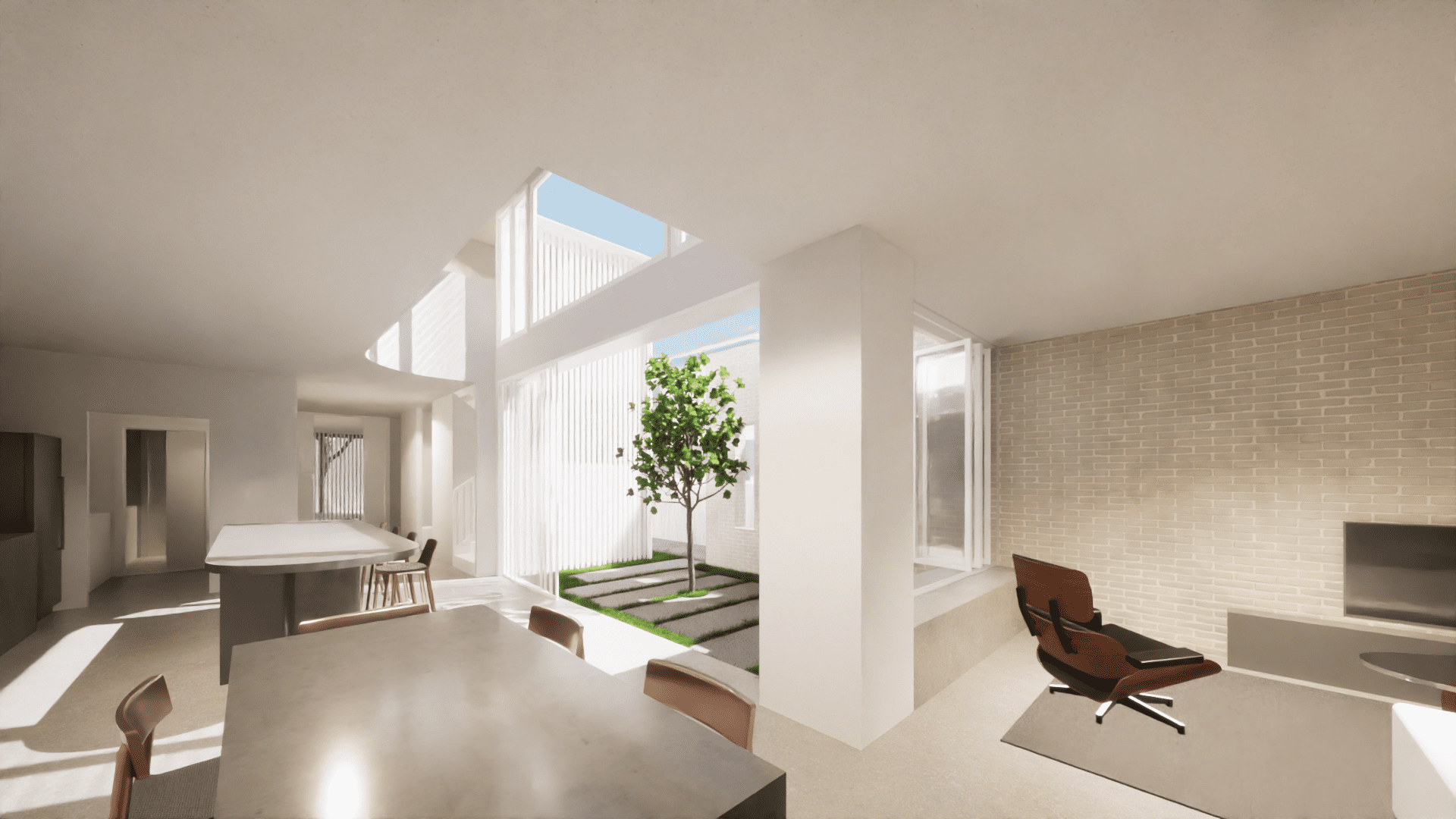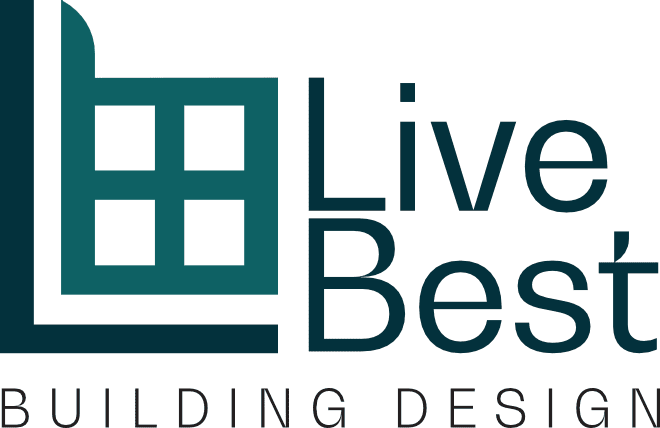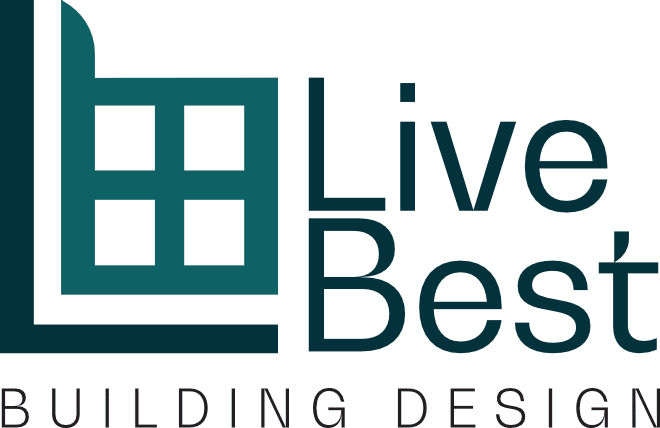
Can Designers Create More Affordable Homes Amid Rising Costs?
Little ol Brisbane is now one of the most thriving capital cities in Australia, and is currently grappling with housing affordability challenges as the cost of living continues to rise. Homeowners are increasingly seeking cost-effective housing solutions that don’t compromise on quality or sustainability, and as a result, building designers are under pressure to deliver innovative designs that meet these expectations while staying within budget. We understand the pain points that Brisbane’s homeowners are facing, which in-turn present our own designers with unique challenges that we need to factor into every design. The truth is the goal posts for constructing or renovating a home here in the Sunshine State have changed so quickly, that the level of design and strategy required to maintain a balance between cost, quality, and sustainability is increasing every quarter.
Let’s start with viewing this challenge from the the homeowner’s perspective. Owning your dream home in Brisbane has become more elusive as housing prices have soared and in some cases doubled within 2-3 years. Many homeowners find themselves in a predicament where they must strike a delicate balance between budget constraints and the desire for a beautiful, comfortable, and sustainable home. Compromises often need to be made, whether it’s a smaller living space, a less desirable location, or sacrificing certain features and amenities. This can lead to feelings of frustration and disappointment as homeowners struggle to find a solution that meets all their needs.
From the the building designers perspective, we are presented with dreams and ambitions for new homes and renovations that once seemed achievable to fit into a budget, but now seem increasingkly impossible. The construction industry is currently facing material shortages and rising costs of labour, which directly impact the budgets for residential projects. This means we must find creative ways to minimize costs without sacrificing quality or sustainability, often by exploring alternative materials or construction methods.
Delivering a luxurious design within a specific budget range can be a daunting task, which means our designers must be diligent in finding the right balance between aesthetics, functionality, and affordability without jeopardizing the overall quality of the project. Economic factors, such as fluctuating interest rates, inflation and changing government policies, can significantly impact housing affordability. Building designers need to be agile and able to adjust their designs and strategies accordingly.
Some potential solutions:
1. Efficient and simplified designs: Building designers can focus on creating space-efficient layouts that maximize functionality and minimize waste. By carefully planning the use of habital space, they can reduce the overall square footage of a home, subsequently lowering construction costs. Opting for simpler designs with fewer complex structural elements can also help reduce labor costs and construction time which translates to lower project costs and a more budget-friendly outcome.
2. Material selection: Building designers need to keep their finger on the pulse regarding new materials and can explore alternative, cost-effective materials that still provide durability, aesthetics, and energy efficiency. This may involve using locally sourced materials or repurposed/recycled materials, which can reduce transportation costs and contribute to sustainability. Designers should also look for cost savings through bulk purchasing of materials and reduced labor costs.
3. Energy efficiency and passive design: By incorporating energy-efficient and passive design principles, building designers can help homeowners save on long-term energy costs. Features such as proper insulation, solar orientation, natural ventilation, and energy-efficient appliances can significantly reduce a home’s energy consumption.
4. Value engineering and a collaborative approach: Designers can collaborate with builders, engineers, and other professionals to conduct value engineering exercises which aims to identify and eliminate unnecessary structural costs without compromising on quality, functionality, or sustainability. It’s also important that builders and homeowners meeting with building designers early on in the process to establish clear budget expectations and priorities from the outset. This collaboration allows for better cost management and ensures that the final design meets the homeowner’s financial and functional requirements.
5. Leveraging technology: Building designers can utilise technology to improve efficiency and reduce costs. For example, Building Information Modeling (BIM) can help streamline the design process, identify potential issues early on, and optimize material usage, ultimately leading to cost savings. Engaging a Quantity Surveyor to review the plans and provide a detailed cost assessment can also provide grester insights in to total construction costs.
Tackling the challenge of delivering economical homes amid rising costs, increased wages, and inflation requires creativity, collaboration, and adaptability by building designers, homeowners and their builders. By embracing innovative design approaches, leveraging technology, and working closely with all stakeholders, building designers can create housing solutions that meet homeowners’ financial constraints while upholding quality and sustainability. As we continue to navigate these complex market conditions, it is inspiring to witness the resilience and resourcefulness of the building industry, working together to shape a more accessible and environmentally conscious future for homeowners in our communities.



Leave a Reply